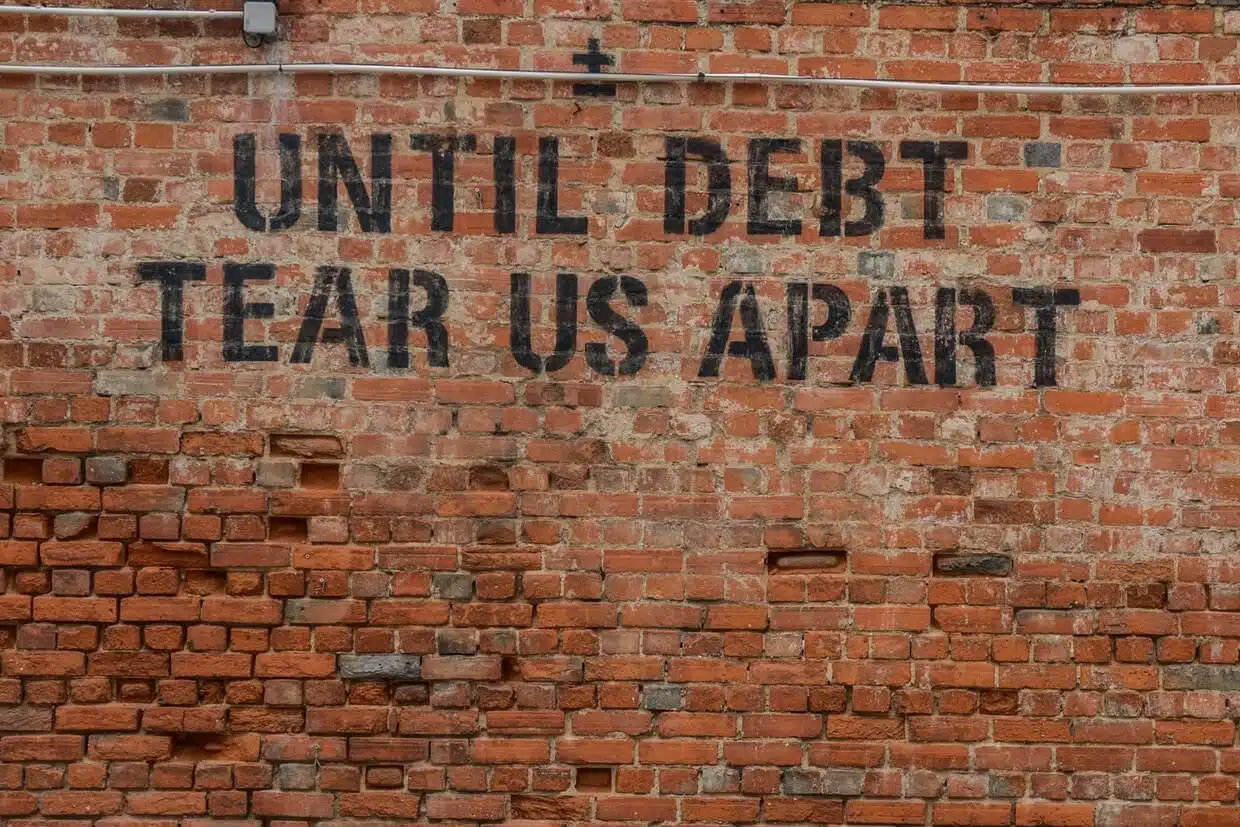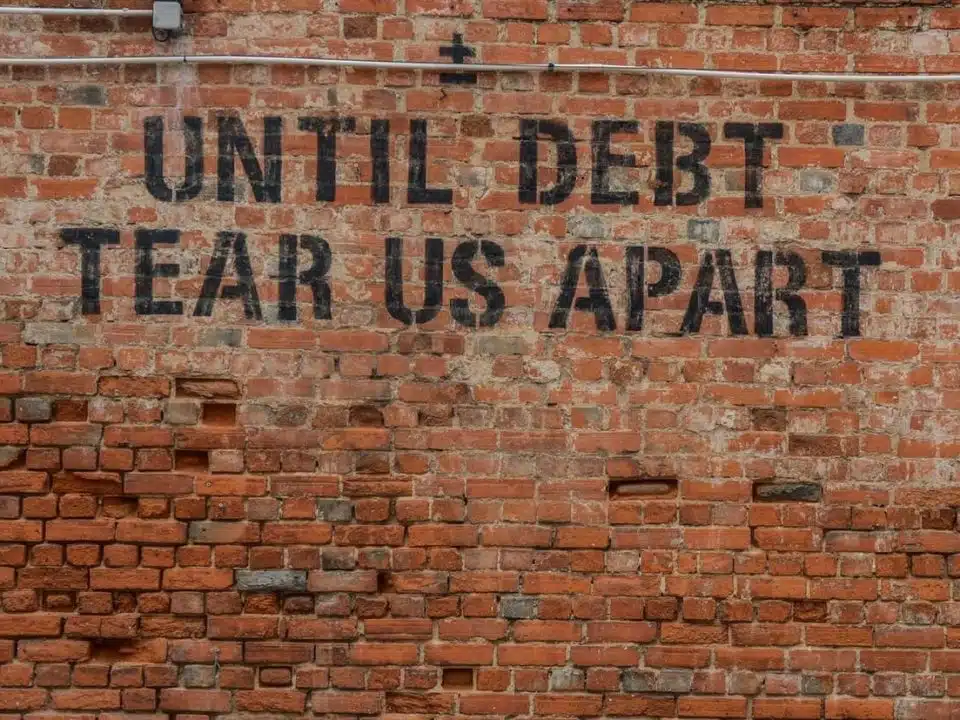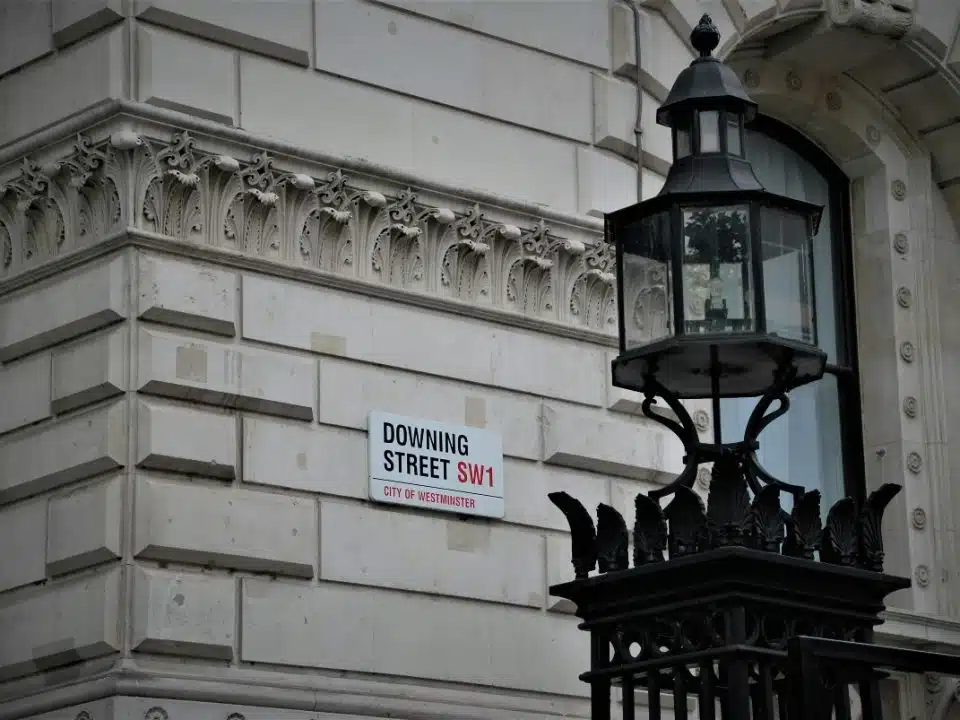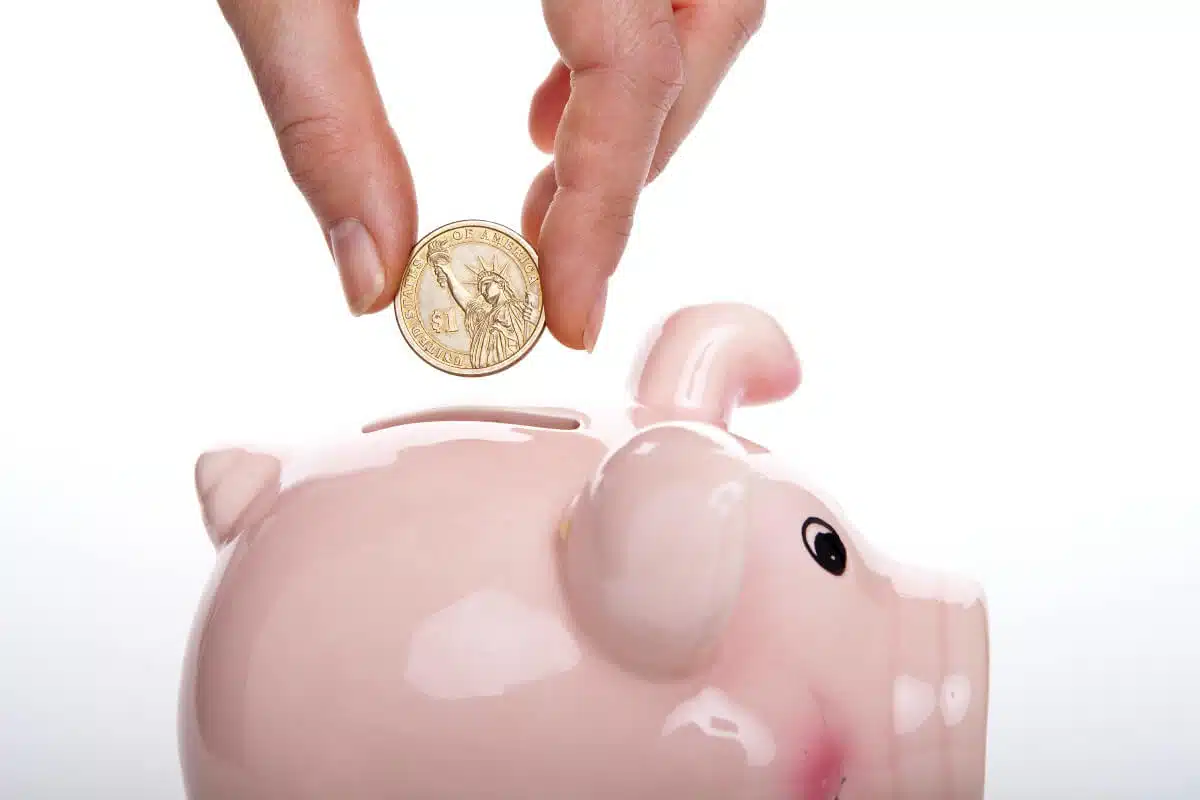The financial crisis is continuing to grip households across the country. The Money Charity has released the debt statistics for November 2022 so let’s have a closer look.
Snapshot of UK debt November 2022
- The inflation rate has risen to 11.1%
- Average credit card debt per household stood at £2,245 in September 2022 which is a slight increase
- There has been a 0.6 pence per litre decrease in the price of unleaded petrol during October 2022
- 8.9% increase in the average first time buyer house price to the year to September 2022
- It takes 22 years on average to save for a first time buyer house deposit, saving at the average rate out of the average UK income
- Total unsecured debt stands at £3,891 per adult in September 2022 which is another increase
- The average total debt per household is £65,618 which has risen by over £200 since last month
UK Personal Debt
Remember that you can view the statistics from last month here in order to compare with the November 2022 debt statistics.
- 313 people per day were declared bankrupt or insolvent in England and Wales from July to September. This equates to one person every 4 minutes and 36 seconds which has not changed since last month’s statistics were released
- Borrowers paid £139 million per day in interest in September 2022 which is an increase of £4 million from last month
- Government debt increased by £466 million per day in the three months to October 2022 which is up from £334 million per day last month
- The Citizens Advice Bureau dealt with 2,031 debt issues every day in the year to September 2022
- 815 people per day decalred that they had been made redundant in July to September 2022
Reports show that many UK households are turning to credit in order to pay for essentials because their existing income simply does not cover the basics. Recent figures accessed by The Money Charity are showing that people are looking to access other forms of credit. Typical credit figures showed that consumer credit lending to individuals decreased by £93 million, yet other reports show that consumers are needing to borrow to cover their bills in the cost of living crisis. Something does not add up, which leads many experts to surmise that other forms of credit are being accessed.
Between January and June 2022, £5.6 billion was spent on Buy Now Pay Later schemes. There is a definite movement away from the more traditional routes of credit lending and the higher interest rates that may come with them. Credit cards and overdrafts are two of the most expensive forms of credit and these interest rates will have risen in line with the base rate rises implemented by the Bank of England.
Whilst it is not surprising that consumers want to shop around for the best forms of borrowing, it may become concerning if unregulated and unsafe borrowing options are being used.
If the past year has had a negative impact on your financial situation, or you are facing increasing debt costs over the next few months, feel free to call us for a discussion on what debt solutions could be available to suit your personal situation.





